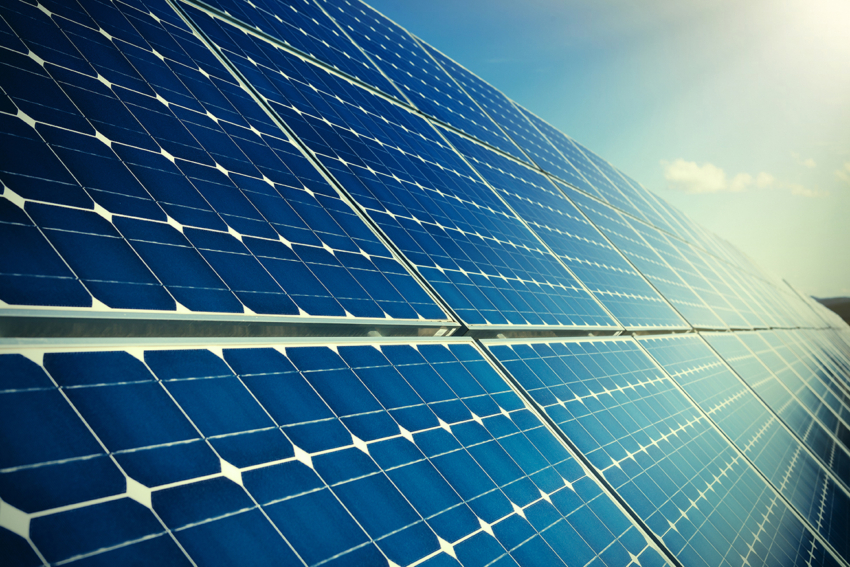How does solar refrigeration differ from standard refrigeration?
Here at Aldelano, we spent a great deal of time manufacturing and creating the solar refrigeration technology to make our Solar ColdBox work. So naturally, we are well aware of the differences between solar refrigeration and standard refrigeration, as well as the many benefits and uses that come with it. But the real question is – are you?
In this blog, we will briefly define these two kinds of refrigeration, as well as lay out the pros and cons of each. If you are interested in learning more about the solar refrigeration technology used in our Solar ColdBox, please contact us today. We’re happy to provide additional details, specs and even a price quote if you’re considering purchasing your own. But for now, let’s dive into the details.
Standard Refrigeration
Standard refrigeration is a term typically used to reference some kind of appliance or box that keeps its contents cool by use of mechanical equipment that is powered by electricity. The most obvious and relatable form of standard refrigeration would be a refrigerator.
Although most of us interact with a refrigerator on a daily basis, we may not all know how it works.
How It Works:
All modern refrigerators function with the same basic system:
- HFC gas is compressed by a motor and compressor. This heats up the gas.
- The compressed, heated gas gets passed through the coils on the bottom or backside of the refrigerator and eventually vaporizes after it passes through a low pressure area.
- It then flows through the coils in the main freezer and refrigerator compartments. The colder liquid in the coils draws heat out of the freezer and main refrigerator compartments to cool them.
- The gas gets re-circulated through the same system over and over again.
- An internal thermometer regulates the temperature and keeps the inside of the refrigerator and freezer cool by activating the compressor when needed.
Pros & Cons
Pros:
- Easy, convenient refrigeration system
- Low cost for refrigeration
Cons:
- Can use up to 3,000 watt hours each day
- Need access to a power grid
- Energy bill costs
Solar Refrigeration
Solar refrigeration (or solar-powered refrigeration) refers to some kind of cooling device that is completely powered by the sun. The energy used to power the refrigeration process is called photovoltaic or solar thermal energy.
How It Works:
In terms of the Aldelano Solar ColdBox, the solar refrigeration process is very straightforward and effective.
- The SolarColdBox is set up and the solar panels are put into place.
- The sun strikes the solar panels and heats the photovoltaic cells.
- The heating process results in electrons being separated and then converted into a stream or current of electricity.
Pros & Cons
Pros:
- Off-grid solution with many applications
- Reduces energy costs
- Power supply is renewable
- Can be used anywhere in the world
Cons:
- Higher initial cost
- Requires sunlight to function properly
Aldelano is committed to providing life-sustaining, off-grid cold storage via our Solar ColdBox solar refrigeration technology. Please take some time to browse our website for more product details or contact us today.

